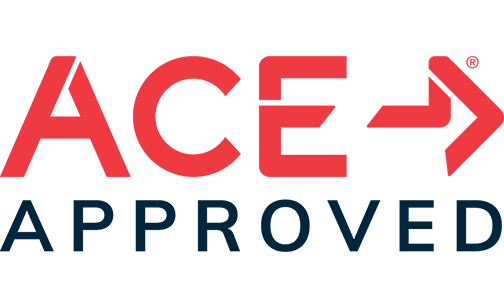The U.S. Strategy on Marine Litter:
- Lisa Wright Burbach
- Nov 29, 2020
- 3 min read
The Problem may be Global, but the Solution needs to start at Home
By: Van Burbach

Last month (October 2020) the U.S. Environmental Protection Agency (EPA) released The United States Federal Strategy for Addressing the Global Issue of Marine Litter. Over all, it is a good thing that the issue is being addressed and the document addresses some very real and important issues; however, the strategy definitely has its shortcomings. The US Strategy’s focus is largely to put the blame on other countries. It correctly points out more than 50% of the world’s marine waste comes from five Asian nations (China, Indonesia, Philippines, Thailand, and Vietnam). The document also points out that China is the biggest producer of plastic as well as the biggest source of plastic waste escaping into the oceans, and that the lack of infrastructure and effective waste management programs in these countries is the major problem.
The problem is that the Strategy document does not adequately address the United States’ role in the issue. It is our consumerism that drives the global market for plastic and thus the plastic waste problem. An article by Laura Parker published by National Geographic on October 30, 2020, points out:
“China may be the world’s largest manufacturer of plastic… but the United States is by far the world’s largest generator of plastic waste — it produced about 42 million metric tons of the stuff (46 million U.S. tons) in 2016. The U.S. also ranks as high as third among coastal nations for contributing litter, illegally dumped trash and other mismanaged waste to its shorelines.”
The U.S. has also done a poor job of recycling its waste, recycling less than 10% of the plastic waste we generate. Where has all of the plastic waste gone? Prior to 2018, the bulk of it went to China and other developing countries that lacked the infrastructure to manage it. Even after China stopped taking our plastic waste in 2018, the practice largely continues with the bulk shifting from China to the Philippines, Vietnam, and Thailand. Therefore, a significant percentage of the plastic waste that is being mismanagement by these countries is our plastic waste.
The new U.S. Strategy states: “The U.S. is committed to continuing our leadership role to prevent and reduce marine litter globally by sharing scientific and technical expertise with public and private partners, while looking for innovative ways to strengthen existing partnerships. A key focus of the U.S. international collaboration will be to pursue new partnerships with key major source countries – for example, Indonesia, Thailand, the Philippines, and Sri-Lanka – and important partners in the region such as Japan.”
I agree that this kind of outreach and partnership with other nations is very important, but to be effective leaders on the world stage, we need to be doing the work at home as well. The U.S. Strategy document does highlight several domestic programs to help clean up waste entering our waterways in California, along the Mississippi River, and in the Great Lakes region; however, those programs are not nearly on the scale that is needed to make a real dent in the problem. Also, the Strategy does not address any programs for reducing our dependence on single-use plastics. There is still much we need to do here at home in order to have anything substantial to offer the rest of the world.
Van is an environmental geologist and a geophysicist working to create safer, cleaner landfills and protect the environment. He has been married to Lisa for almost 9 years and together they have a Shaklee business, working together to help others lead healthier lives, live younger longer, and protect the planet.





Comments